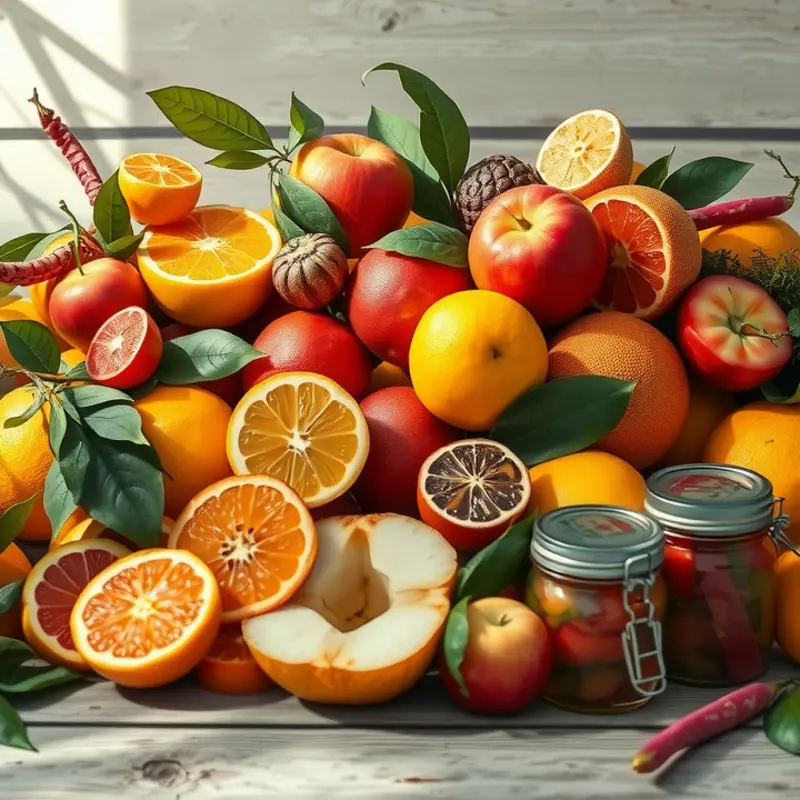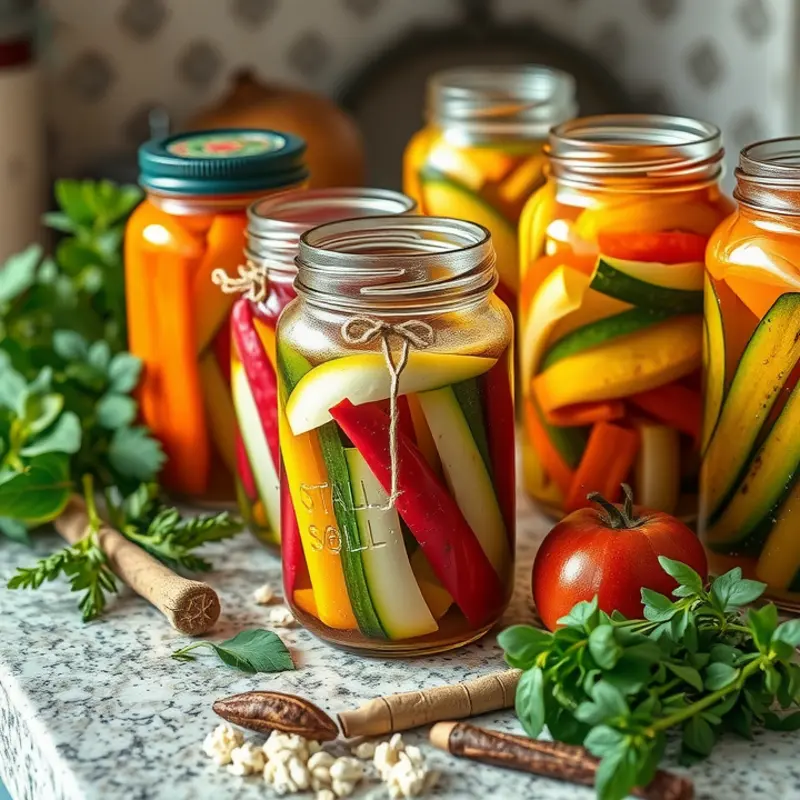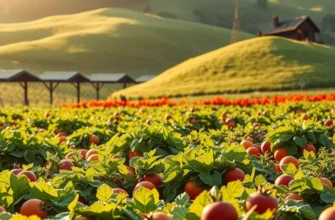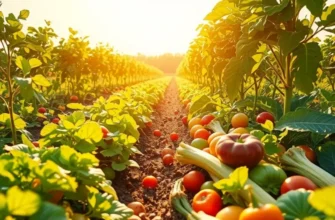Home cooks and health-conscious individuals often seek creative ways to preserve vegetables without the tang of vinegar. By exploring a range of vinegar-free pickling agents, you can unlock new flavors and textures in your pickling adventures. This guide will introduce you to practical alternatives and substitutions, ensuring that your kitchen remains a hub of deliciousness while adhering to dietary preferences.
Exploring Natural Acidic Agents

While vinegar is commonly associated with pickling, several other natural acidic agents can deliver unique flavors and benefits. Citrus juices, apple cider, and fermented foods offer creative alternatives that enhance the pickling process, each with their own distinct characteristics.
Citrus juices, such as lemon and lime, provide a bright, refreshing acidity, ideal for enhancing the taste of lighter vegetables. The tangy and slightly sweet profile of citrus complements cucumbers, carrots, and bell peppers exceedingly well. When using citrus juices, it’s important to consider their strength; their milder acidity might require more juice to achieve similar preservation levels as vinegar. However, when balanced correctly, citrus juices add a delightful zesty lift to your pickles, elevating them from ordinary to extraordinary.
Apple cider presents another fascinating option, especially when looking to add a touch of depth and complexity to the flavor of your pickles. The natural sweetness of fresh apple cider fuses beautifully with root vegetables such as beets, turnips, and radishes. This subtle sweetness and acidity balance create a mellow, yet savory undertone that is unique compared to traditional vinegars. Fresh cider also tends to mesh well with spices such as cinnamon and clove, potentially creating an intriguing link to the world of chutneys and relishes.
For those interested in a more adventurous palate, the use of fermented foods as acidic agents can’t be overlooked. Fermented liquids like sauerkraut juice or kimchi brine bring the complex flavors of fermentation to the pickling process. These liquids not only impart acidity but also offer probiotics, adding a functional food aspect to your pickles. These are particularly well-suited for vegetables like green beans, cabbage, and garlic, which absorb the complex flavors and benefits of the fermented base.
Each of these natural acidic agents brings a distinct element to your homemade pickles. Whether it’s the clear, bright notes of citrus, the sweet and earthy apple cider, or the fermented depth of brines, these alternatives can transform your pickling projects into flavor adventures. Choosing the right acidic agent not only alters the flavor profile of your pickles but also dictates the kinds of vegetables that pair best with each method.
For those exploring these alternatives, consider checking out tips on ingredient substitutions for enhancing your culinary creations further at Flavor Boosters Without Salt. By understanding these diverse acidic options, you can expand your pickling repertoire beyond the traditional vinegar base, crafting deliciously unique pickles every time.
Unlocking the Power of Ferments and Brines

Fermentation transforms ordinary vegetables into vibrant, probiotic-rich pickles. Using ingredients like whey, kimchi brine, and kombucha unlocks a world of flavors and health benefits without relying on vinegar. Each component brings its unique attributes, enhancing the pickling process.
Whey, a byproduct of cheese-making, is rich in lactobacillus bacteria. These beneficial microbes help promote gut health. When used in pickling, whey introduces a tangy, creamy flavor, providing a soft edge to sharpness. To start, simply mix 1 cup of whey with 4 cups of water and a tablespoon of salt. Submerge the veggies in this mixture for a week, ensuring they remain under the liquid.
Kimchi brine, on the other hand, offers a spicy, umami punch. Derived from the fermentation of napa cabbage, it carries nutrients like vitamins A and C. To leverage this brine, add it to your vegetables and allow them to rest for a few days. The result is a crunch with both heat and depth, reminiscent of traditional Korean flavors. Kimchi brine is especially effective with cucumbers and carrots due to its bold character.
Kombucha, a fermented tea, infuses vegetables with a slight sweetness and acidity. Rich in antioxidants, it also supports immune function. Mix one part kombucha with three parts water, and immerse your choice of veggies. Ferment for a similar period as with whey, ensuring the flavor fully develops.
Creating your own fermented pickling solution involves understanding how these elements interact. Start with a base like kombucha or whey, then experiment with additions like garlic, dill, or chili flakes for extra zest. Maintaining a balanced approach ensures the flavor profile remains enticing yet not overpowering.
The probiotic benefits of these ferments go beyond flavor. They aid digestion, improve nutrient absorption, and support overall health. For those seeking a vinegar-free alternative, these methods offer a vibrant, healthy twist on a classic practice.
To further explore versatile substitutes in food preparation, check out our guide on non-dairy probiotics, which enriches meals with healthy bacteria without using dairy-based ingredients. It’s a valuable resource for both experienced fermenters and beginners eager to diversify their culinary techniques.
Experimenting with homemade brines and ferments invites creativity into your kitchen, ensuring nutritious and flavorful foods that delight both the palate and the gut. Share your creations and observe the transformative power of these natural pickling processes. With each batch, you unlock not only taste but also wellness benefits packed in every crunchy bite.
Final words
Embracing vinegar-free pickling not only opens up a world of flavors but also accommodates various dietary needs and preferences. By leaning on natural acidic agents and the power of fermentation, home cooks can enjoy versatile and healthful pickling options. Whether you’re making classic dill pickles with lemon juice or trying your hand at a probiotic-rich kimchi, the possibilities are endless. Experiment with these alternatives, and let your creativity flourish in the kitchen, ensuring that every jar you make is as unique as your palate.







